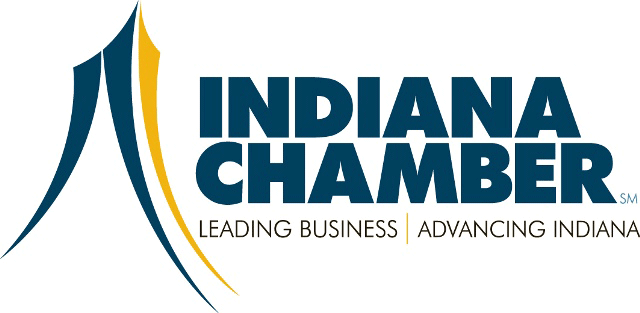 Maybe, just maybe, that Rust Belt name will find its place in history. The Midwest has been stuck with that unflattering moniker for years. Deservedly so in many ways. But the Brookings Institution, no Johnny-come-lately to the think tank game, says in a recent report that the Great Lakes region could be the economic leader going forward.
Maybe, just maybe, that Rust Belt name will find its place in history. The Midwest has been stuck with that unflattering moniker for years. Deservedly so in many ways. But the Brookings Institution, no Johnny-come-lately to the think tank game, says in a recent report that the Great Lakes region could be the economic leader going forward.
The State Science & Technology Institute (based in Ohio, giving it extra incentive in this case) analyzed the report this way (with more than a few items and initiatives that are no strangers to Indiana):
The Next Economy: Economic Recovery and Transformation in the Great Lakes Region provides a roadmap for federal, state and local stakeholders to transition the Rust Belt into a forward thinking economy. It replaces the old economy, which was driven by highly-leveraged, domestic consumption, with an export-oriented Next Economy powered by a low-carbon energy strategy and driven by innovation that benefits all Americans.
The report outlines the many resources that can position the Great Lakes region as an economic leader. They include:
Global trade networks: Many of region’s cities rank among the top cities in terms of the share of their metro output that is exported;
Clean energy/low carbon capacity: Their blue-green potential due to the Great Lakes, waterways and abundant natural wind/solar resources position the region well in renewable energy generation; and
Innovation infrastructure: The region’s metros are home to 21 of the 32 major public and private research universities, which attract substantial federal research investment. Each year almost 36% of all U.S. science and engineering degrees come from schools in the region. The region also registers almost 33% of all U.S. patents.
To achieve this economic transformation, the region will have to address the deficient transportation infrastructure for trade, the concentration of energy-intensive industries, the lack of seed capital and the low educational attainment levels. To resolve these challenges, the report provides three key Next Economy drivers that will help federal, state and metropolitan leaders to maximize the region’s promise:
Invest in the assets that matter: innovation, human capital, and infrastructure: Even though budget cuts have become a regular occurrence, the researchers argue, long-range economic health is not just a matter of spending less, but spending and investing to spur growth. The region should concentrate its efforts on developing regional innovation clusters, instituting workforce development at community colleges and smart spending on infrastructure to facilitate trade.
Devise new public-private institutions that are market-oriented and performance-driven: Government leaders should be prepared to go to voters to support bond issues or dedicated tax sources for these institutions. They also can consider reorganizing money from programs and systems that are underperforming. These institutions include new infrastructure banks, advanced manufacturing labs, regional energy research and innovation centers and a venture capital fund of funds.
Reimagine metros’ form and governance structures to set the right conditions for economic growth: To achieve growth and innovation, cities and states must overhaul their physical redevelopment strategies and local governance structures in the Great Lakes region due to their significant population and economic declines. They must focus on right-sizing communities, green development and infrastructure and governance reform.
